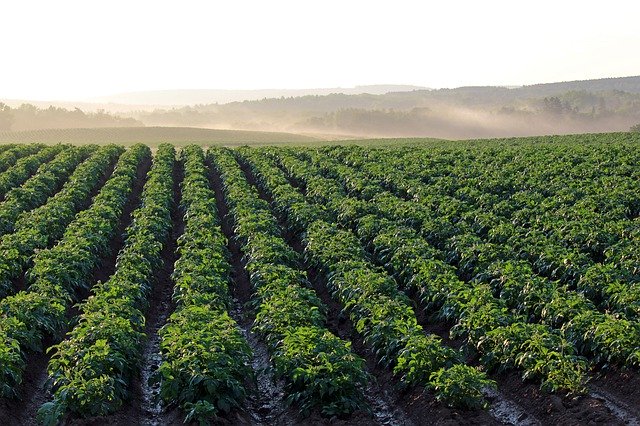Canadian farms and other agriculture business now have access to a $165.7-million Agricultural Clean Technology Program to develop and adopt clean technology, the federal government says in a news release on June 4.
“In the face of this new climate reality and the expectations of Canadian and foreign consumers who want to know that their food has been sustainably produced, we must double down on our efforts, particularly by investing in the development and adoption of energy-efficient technologies,” Marie-Claude Bibeau, federal minister of agriculture and agri-food, says in the release.
The program will give farmers and agri-businesses access to funding to help develop and adopt the latest clean technologies to reduce greenhouse gas emissions and enhance their competitiveness, the release notes.
There are two funding streams for the program:
- Adoption stream — will support the adoption of clean technologies, with a priority on those that meaningfully reduce GHG emissions. Projects must cost at least $50,000. Agriculture and Agri-Food Canada (AAFC) will cover up to 50 per cent of costs for projects by for-profits and up to 75 per cent for not-for-profits. This funding will be available over the next five years.
- $50 million specifically will go towards the purchase of more efficient grain dryers for farmers across Canada
- $10 million will go towards powering farms with clean energy and moving off diesel
- Research and Innovation Stream — will support pre-market innovation including research, development, demonstration and commercialization of agricultural clean technologies. Projects will be cost-shared 50-50 with AAFC and can be up to $2 million for non-repayable and repayable contributions. This will be available over seven years.
The two-step intake of applications will launch later this month, the release says. Eligible recipients for both streams include for-profit organizations, not-for-profit organizations and Indigenous groups.











